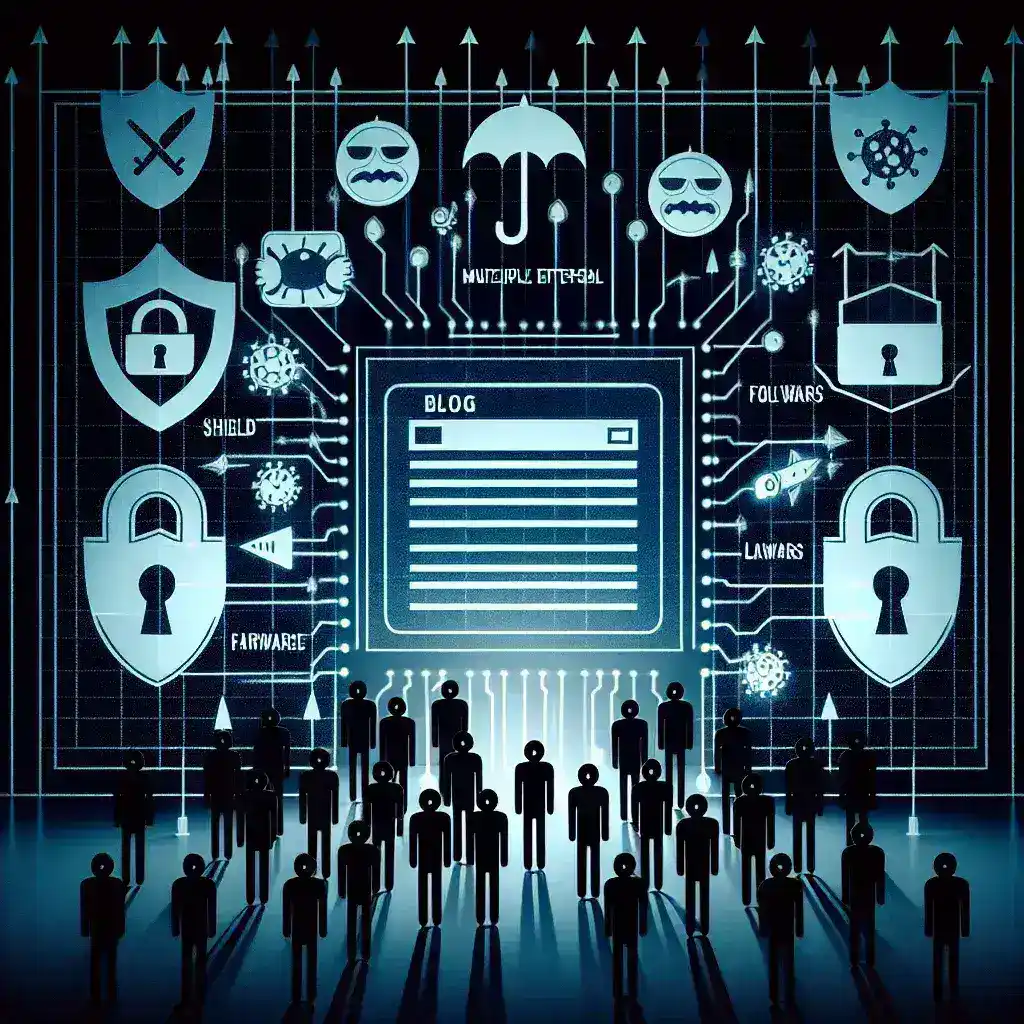In an era where online vulnerabilities are increasing, securing your blog against hacking and malware is imperative. Regardless of whether you are running a personal blog, a business website, or a platform for sharing knowledge, hackers and cybercriminals are always on the lookout for weak spots. This article delves into effective ways to fortify your blog against malicious attacks.
1. Use Strong Passwords
Weak passwords are one of the most common entry points for hackers. Ensure that you use strong, unique passwords for your blogging platform, hosting account, and email.
Tips for Creating Strong Passwords:
- Use a mix of letters, numbers, and special characters.
- Aim for at least 12 characters.
- Avoid easily guessable information like birthdays or names.
- Consider using a password manager to keep track of different passwords.
2. Keep Your Software Updated
Outdated software can have vulnerabilities that hackers can exploit. Always make sure that your blogging platform, plugins, and themes are up-to-date.
Software to Keep Updated:
- Blogging platform (e.g., WordPress, Blogger)
- Plugins and extensions
- Themes and templates
- Server and hosting environment
3. Back Up Your Blog Regularly
Regular backups ensure that you can recover your blog quickly in case of a hacking incident or data loss. Utilize both local and cloud storage solutions for your backups.
Backup Best Practices:
- Automate your backup process if possible.
- Store backups in multiple locations.
- Validate your backups periodically to ensure they are working.
4. Implement Two-Factor Authentication (2FA)
Adding an extra layer of security like two-factor authentication can significantly reduce the risk of unauthorized access. Many blogging platforms and hosting providers support 2FA.
Benefits of 2FA:
- Requires a second form of identification beyond just the password.
- Can deter common hacking tactics such as brute force attacks.
- Often uses mobile apps or SMS for verification.
5. Use SSL Certificates
SSL certificates encrypt the data transferred between your blog and your readers, making it difficult for hackers to intercept and steal information.
SSL Certificate Advantages:
- Improves SEO ranking.
- Increases reader trust and credibility.
- Provides encrypted connections for enhanced security.
6. Monitor and Limit Login Attempts
Limiting the number of login attempts can prevent brute force attacks on your blog. Monitoring login attempts can also help you identify suspicious activities.
Steps to Monitor and Limit Login Attempts:
- Use plugins or tools to set login limits.
- Track unsuccessful login attempts.
- Implement CAPTCHA or other verification methods.
7. Secure Your Hosting Environment
Your hosting environment plays a crucial role in the security of your blog. Choose a reliable hosting provider that offers robust security features.
Features to Look for in a Hosting Provider:
- Regular security audits and updates.
- Firewalls and DDoS protection.
- 24/7 technical support.
- Daily backups and easy restore options.
8. Install Security Plugins
Security plugins can provide an additional layer of protection by scanning for malware, blocking suspicious IP addresses, and more.
Recommended Security Plugins:
- Wordfence Security (for WordPress)
- Sucuri Security
- iThemes Security
9. Use a Web Application Firewall (WAF)
A WAF filters out malicious traffic before it reaches your blog. Many cloud-based WAF services are easy to set up and offer substantial protection.
Advantages of Using a WAF:
- Protects against SQL injection, XSS, and other web exploits.
- Can improve site performance.
- Offers real-time monitoring and alerts.
10. Conduct Regular Security Audits
Regular security audits help you identify weak spots and implement necessary measures before a breach occurs.
Elements of a Comprehensive Security Audit:
- Review user access levels and permissions.
- Check for outdated software and plugins.
- Test backup and restore procedures.
- Assess the effectiveness of security plugins and tools.
To sum up, protecting your blog from hacking and malware involves a combination of strong passwords, regular updates, backups, two-factor authentication, SSL certificates, monitoring login attempts, secure hosting, security plugins, web application firewalls, and ongoing security audits. By implementing these measures, you can significantly reduce the risk of your blog becoming a victim of cyber-attacks.

